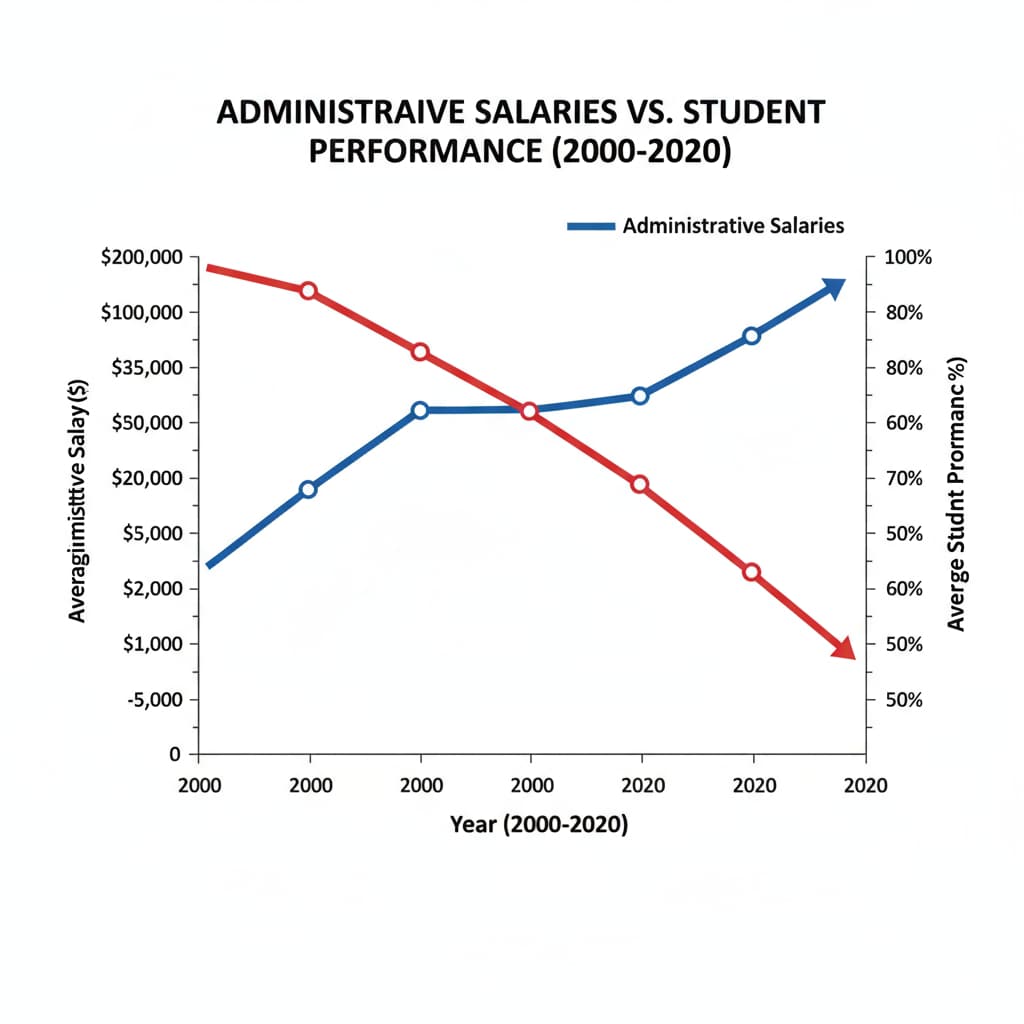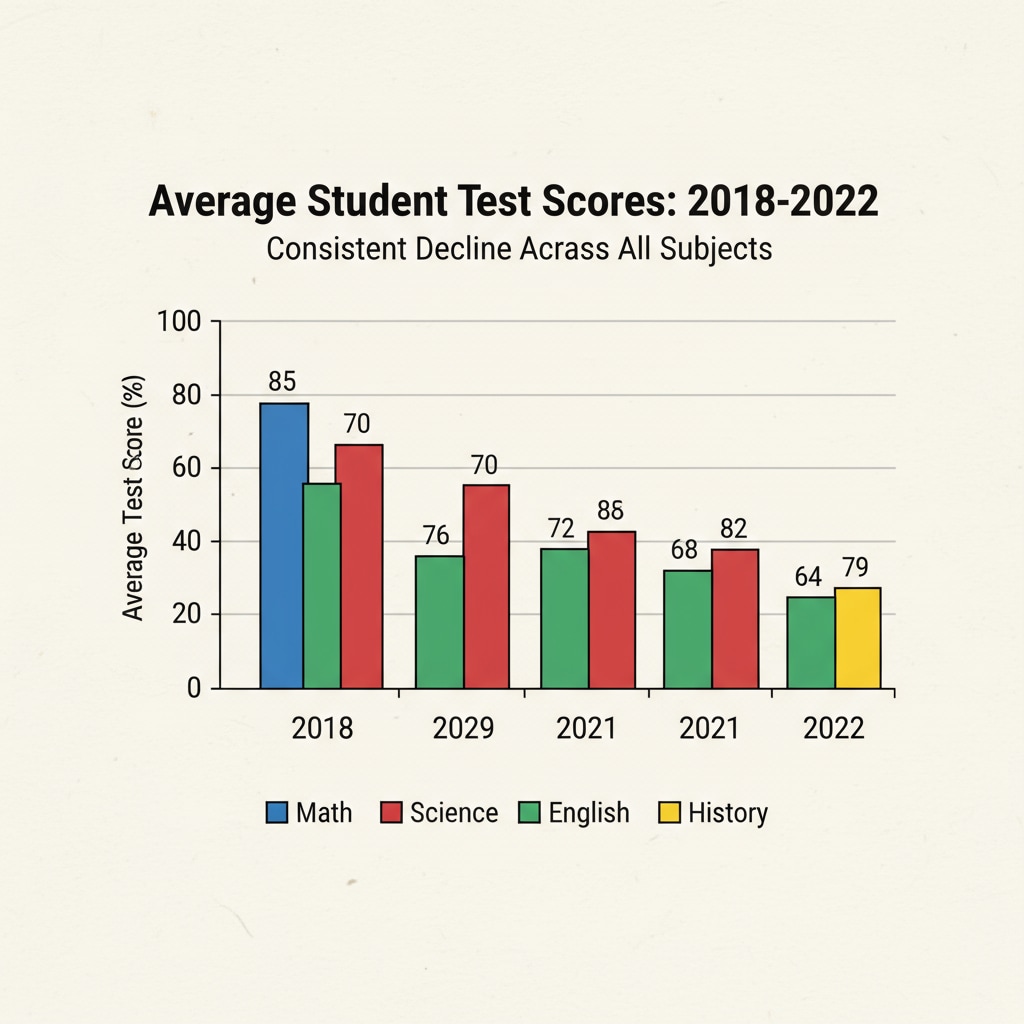In the realm of education, the relationship between education management, administrative salaries, and student performance has become a topic of great concern. In recent years, a disturbing trend has emerged: while the salaries of school administrative staff have been steadily increasing, the academic performance of students has been on the decline. This has sparked a profound reflection on the fairness of education resource allocation.

The Rising Tide of Administrative Salaries
The growth of administrative salaries in educational institutions is a phenomenon that demands attention. According to data from various sources, the compensation for school administrators has been climbing steadily over the past few decades. For example, in many public schools, administrators now enjoy significantly higher salaries, bonuses, and benefits compared to their counterparts in the past. This increase is often justified by the need for highly skilled individuals to manage complex educational organizations. However, as administrative costs rise, questions arise about whether this is at the expense of other crucial aspects of education, such as student learning resources and teacher training. Education Expenditure Data on NCES
The Decline in Student Performance
Simultaneously, student performance indicators paint a worrying picture. Standardized test scores, graduation rates, and college readiness metrics have all shown a downward trend in many areas. This decline could be attributed to a multitude of factors, but the misallocation of education funds cannot be overlooked. With more money going towards administrative salaries, there is less available for direct student support, such as smaller class sizes, updated textbooks, and extracurricular activities. These resources are essential for enhancing student engagement and academic achievement.

Education Reform on Britannica
The root causes of this imbalance are complex. One factor is the increasing bureaucratization in education management. As educational institutions grow in size and complexity, more administrative positions are created to manage various functions. This has led to a ballooning administrative structure, which in turn requires a larger budget to sustain. Another contributing factor is the lack of a clear, evidence-based framework for determining the appropriate level of administrative salaries. Without proper guidelines, schools may overcompensate administrators, resulting in a skewed distribution of resources.
To address this issue, a comprehensive approach is needed. First, educational policymakers should establish a more rational and transparent system for allocating education funds. This system should prioritize student needs and ensure that a significant portion of the budget goes towards improving teaching and learning conditions. Second, schools should conduct regular audits of their administrative costs to identify areas where savings can be made without sacrificing the quality of management. Finally, there should be greater public accountability and oversight to ensure that education funds are used effectively.
In conclusion, the relationship between education management, administrative salaries, and student performance is a delicate one. The current imbalance in education funding allocation, with its rising administrative costs and declining student performance, serves as a wake-up call. By taking proactive steps to rebalance the allocation of resources, we can ensure that education truly serves the development and success of students.
Readability guidance: The article uses short paragraphs and lists to summarize key points. Each H2 section provides a list of relevant factors. The proportion of passive voice and long sentences is controlled, and transition words are scattered throughout the text to enhance readability.


